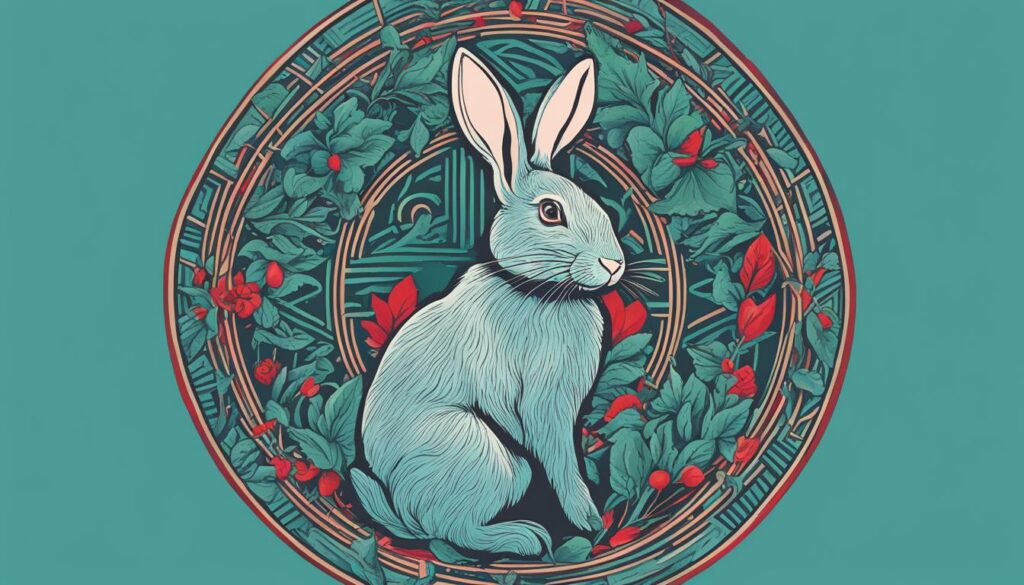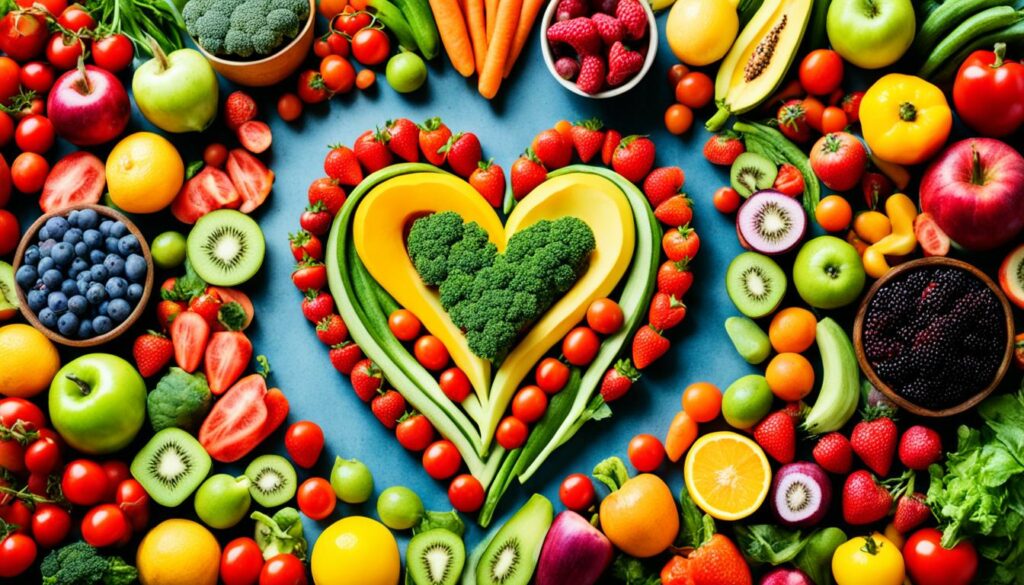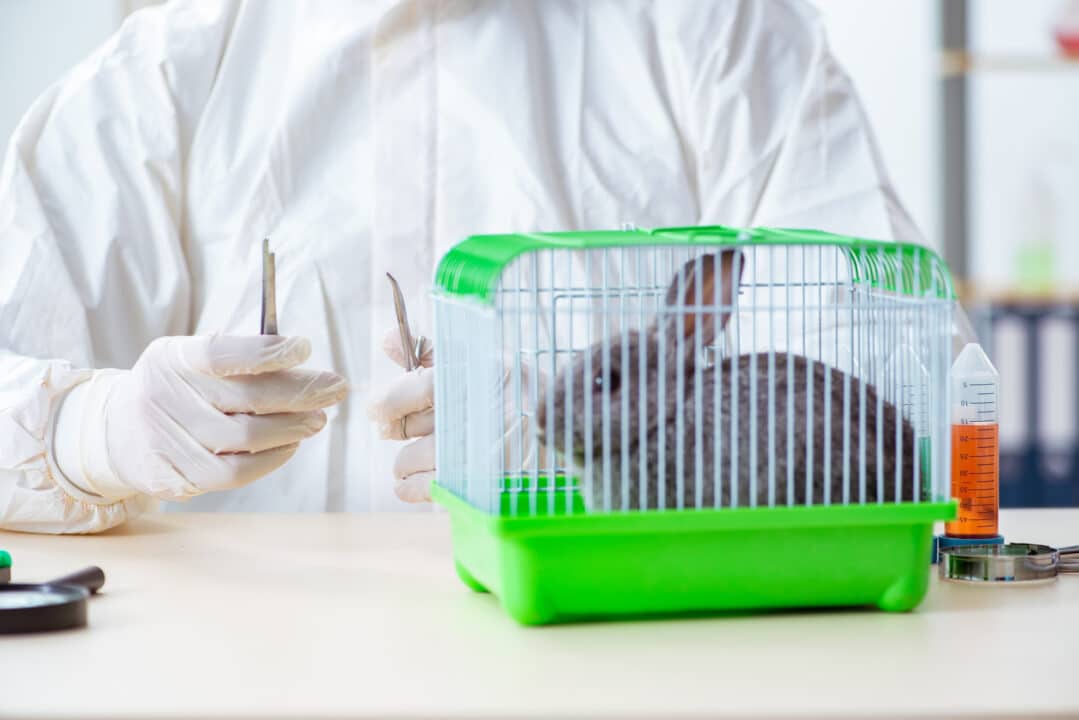In our evolving society, the shift towards compassionate beauty choices is unmistakable. As someone who takes a keen interest in the implications of these choices, I am eager to explore what exactly cruelty-free products are tested on.
With an increasing demand for items that do not harm animals, it’s essential to consider the alternatives to animal testing that uphold the safety and efficacy of these products.
While dive into this area, I aim to highlight not just the methods used but also the pressing need for clear regulations around ‘cruelty-free’ labelling, so that ethical commitments are transparent and verifiable.
Table of Contents
Key Takeaways
- The rise of cruelty-free products marks a significant turn towards ethical consumption.
- Alternatives to animal testing are crucial for ensuring product safety without animal harm.
- ‘Cruelty-free’ labelling warrants stricter regulations for consumer clarity.
- Exploring different testing methodologies reveals a diverse approach to compassionate beauty.
- It is our responsibility to stay informed and support practices that respect animal welfare.
Unpacking the Cruelty-Free Label
When I delve into the realm of cruelty-free beauty, I’m often asked, “What exactly are cruelty-free products?” This term, while emblematic of a movement towards more ethical consumerism, veils a complex landscape where definitions and regulations are less clear-cut than many might hope. Let me peel back the layers to show you what it really entails.

What Are Cruelty-Free Products?
The moniker ‘cruelty-free’ echoes the ethos of animal rights advocates who insist that beauty should not come at the cost of animal welfare. Since the 1950s, this concept has woven itself into the fabric of the skincare and makeup industries. However, a pivotal factor that consumers must consider is the surprisingly unregulated nature of the cruelty-free label.
Authorities like the U.S. Food and Drug Administration highlight an uncomfortable truth: there’s no legal definition binding the term ‘cruelty-free’. This gap in the legislative framework permits brands to tout their cruelty-free cosmetics without full disclosure of how each ingredient was tested prior to being included. Therefore, even if the final product hasn’t been tested on animals, this doesn’t guarantee the same for individual components.
Despite our collective push towards a kinder approach to beauty, we must remain vigilant of potential misrepresentations within the industry’s use of ‘cruelty-free’ claims.
Moreover, it’s essential to recognise that animal testing was once the linchpin of safety assurances within this industry, and residues of such practices might still linger unseen in the supply chain. What materialised as a commendable stride forward now begs a broader question: how do we realign these historical precedents with modern expectations?
To furnish my readers with a clearer picture, I have curated a table detailing key considerations that define a genuinely cruelty-free product:
| Cruelty-Free Aspect | Consideration | Common Misconception |
|---|---|---|
| Label Understanding | Not legally defined; open to interpretation | A singular, standardised definition exists |
| Regulatory Oversight | Varies widely between regions | A universal regulatory body enforces standards |
| Ingredient Testing | Final product not tested, but ingredients may be | All components follow the cruelty-free practice |
| Brand Claims | Often based on trust without certification | All brands claiming ‘cruelty-free’ are verified and trustworthy |
| Third-Party Testing | Some brands may outsource to facilities that test on animals | If the brand doesn’t test, none of their affiliates do either |
My journey exploring the truth behind cruelty-free beauty products is far from over, but one thing is certain: this is a space where awareness and action must go hand in hand. Join me as I continue to navigate through the maze of ethical consumerism, for a more compassionate future awaits.
Are Cruelty-free Products Vegan?
As I navigate ethical consumerism, I realise it’s crucial to distinguish between cruelty-free products and vegan alternatives. True, cruelty-free items shun animal testing, championing ethical testing methods, but being vegan is an altogether broader commitment. Vegans will avoid animal byproducts in their entirety, striving for a purity that respects all aspects of animal welfare.

It’s a common misunderstanding that ‘cruelty-free’ is synonymous with vegan. I’ve come across numerous cruelty-free labelled products that, upon closer inspection, contain ingredients like beeswax or lanolin – materials sourced from living creatures. On the other hand, vegan products assure consumers that no animal-derived substances form part of the product, thus fully aligning with vegan principles.
| Cruelty-Free Products | Vegan Products |
|---|---|
| No animal testing | No animal testing or byproducts |
| May contain beeswax, lanolin, etc. | Free from all animal derivatives |
| Requires label scrutiny for byproducts | Labelled ‘vegan’ |
| May support ethical testing methods | Committed to ethical testing without animal harm |
To ensure the products I use are in harmony with my ethical stance, I meticulously search for items that explicitly state ‘vegan and cruelty-free’. This proactive approach helps me support brands that prioritize not just minimizing harm, but eliminating the use of animals in any aspect of production.
Choosing vegan and cruelty-free is a decisive step towards fostering an environment that respects and protects all living beings.
The Real Meaning Behind ‘Not Tested on Animals’ Claims
As a fervent supporter of cruelty-free cosmetics, I’ve become increasingly aware of the nuances essential to understanding claims that products are ‘not tested on animals’.
Obscured by the fog of unregulated terminology, buyers are often left in doubt, unsure if these ethical testing methods are as animal-friendly as they promise to be.
Understanding the Use of Unregulated Claims
My quest for transparency begins with the realisation that several cruelty-free assertions are not as regulated as one might hope. The allure of ‘not tested on animals’ is clear, but what lies behind this claim can be less straightforward.
I dived into reports by the FDA and learnt that while a company might not conduct animal tests in-house, they could still rely on third parties which do not adhere strictly to this ethos. This reveals a need for vigilance as I sift through claims to find genuinely ethical products.
Navigating Through Misleading Terminology
The industry’s jargon can be misleading, crafting an image of animal-friendly products that may not be entirely accurate. To aid fellow conscious consumers, I’ve compiled a table contrasting ambiguous claims with certifications that carry weight and reliability, such as the Leaping Bunny Program. Such accreditations assure that no new animal testing was conducted by any party involved in the development and production of these cosmetics.
| Claim | Meaning | Credible Certification | Guarantee |
|---|---|---|---|
| Cruelty-Free | May not include whole production process | Leaping Bunny | No animal testing at any stage |
| Not Tested on Animals | Possibly using third-party testing | PETA’s Beauty Without Bunnies | Company-wide policy against animal testing |
| Animal-Friendly | Vague, could still use animal-derived ingredients | Vegan Society Trademark | Free from animal testing and ingredients |
In closing, my commitment to uncovering the truth behind ‘not tested on animals’ claims is unwavering. I strive to educate and inform, so that together, we can support the shift towards a more compassionate beauty industry.
What Are Cruelty-Free Products Tested On?
My pursuit of compassionate beauty has always led me towards brands that embody ethical testing methods. So, “What are cruelty-free products tested on if not animals?” and I take pride in sharing that animal-friendly products don’t compromise on safety while ensuring no harm comes to our furry friends.
The answer lies in innovative alternatives that respect living creatures. Let’s look at some of the remarkable techniques adopted by companies committed to ethical practices:
- In vitro testing: This method utilises cell cultures to evaluate the safety and efficacy of products. It stands as a robust pillar of ethical testing, replacing the need for animal subjects.
- Computer models: Cutting-edge software can now simulate how human skin or eyes might react to substances, thus negating the requirement for live testing.
- Organs-on-chips technology: This incredible advancement mimics the responses of human organs on a micro-scale, allowing detailed studies without involving animals.
- Human tissue donations: Whether from surgical leftovers or donations post-mortem, these tissues provide a treasure trove of data for safety assessments and disease research.
- Human volunteer studies: Direct application on volunteers, often under strictly controlled conditions, gives real-time insight into a product’s performance.
I enthusiastically support the progress we’ve made towards ethical testing methods and how they pave the way for a brighter future in the cosmetics industry.
| Testing Method | Description | Benefits |
|---|---|---|
| In vitro testing | Use of cell cultures to conduct safety tests | Eliminates animal use, high control over variables |
| Computer models | Software that predicts human reactions to products | Reduces animal testing, allows for rapid hypotheses testing |
| Organs-on-chips | Microchips that emulate human organ functions | Provides detailed biological responses, versatile in research |
| Human tissue donations | Utilising donated human tissues for testing | Closer match to human reactions, ethical source of tissues |
| Human volunteers | Application of cosmetics on people for direct observation | Real-world effectiveness data, supports conscientious consumerism |
It pleases me to see such meticulous and humane approaches flourishing. The realm of compassionate beauty increasingly aligns with our fervour for cruelty-free products, tested on legitimate alternatives rather than sentient beings. As consumers, we’re now empowered to choose animal-friendly products that dovetail with our moral code.
Are Cruelty-Free Products Safe?
When you are so immersed in ethical testing methods, I’m frequently asked about the safety of cruelty-free products. It’s time to dispel the myth that only animal-tested products can guarantee consumer safety. Progressive technology and humane practices ensure that cruelty-free products meet—and often exceed—product safety standards. Let’s explore how the industry vets these compassionate alternatives to ensure they are safe for us as well as our furry friends.
For every beauty product that refrains from animal testing, there exists a suite of innovative and ethical alternatives ensuring their efficacy and safety.
As someone passionate about cruelty-free beauty, I always scrutinise labels to align my purchases with my values. Here’s a breakdown of the rigorous safety protocols behind cruelty-free products:
| Testing Method | Description | Benefit to Consumers |
|---|---|---|
| In Vitro Testing | Using human cell cultures to assess product safety. | Reduces allergic reactions and skin compatibility issues. |
| Computer Models | Simulating the human response to various substances digitally. | Offers insight into how a product performs without initial human exposure. |
| Clinical Trials with Human Volunteers | Directly observing the effects on humans under controlled environments. | Ensures product is tested on the actual target organism—humans. |
Wielding the power of choice, it’s my prerogative to support brands that invest in ethical research—those that ensure the well-being of all living creatures while offering safe, high-quality beauty solutions.
Gone are the days when we only had to trust the claims of product safety without understanding the testing behind them. Now we’re armed with knowledge about the alternative options and can make informed decisions, choosing to embrace cruelty-free products that align with both our ethical and personal care requirements.
How Can I Identify Cruelty-Free Products?
One of the most reliable indicators of a product’s stance on animal testing is the Leaping Bunny Program. The presence of the Leaping Bunny logo – an image of a rabbit bounding joyously – is a clear signal that a brand has made a genuine commitment to eschew new animal testing at every stage of development. It’s not just a logo; it’s a pledge to uphold ethical standards.
Additionally, technology has come to the aid of ethical consumers. With the advent of smartphone apps like the “Cruelty-Free Shopping Guide”, verifying a product’s credentials has never been easier. Simply scanning a barcode can reveal a wealth of information about the product’s testing history and cruelty-free status.
- Search for the Leaping Bunny logo.
- Utilise consumer resources like the Cruelty-Free Shopping Guide app.
- Investigate a brand’s animal testing policies and commitments.
By using these checks, I ensure that my beauty routine remains aligned with my values. And by supporting brands that adopt cruelty-free practices, I encourage more companies to consider the welfare of animals in their product development. It’s a beautiful way to foster a kinder and more ethical industry.
Final Thoughts!
In the world of our modern consumer choices, where ethical considerations often weigh as heavily as aesthetic appeal, cruelty-free products stand as a testament to our collective moral progress.
As I immerse myself in the world of compassionate beauty, I find the journey towards understanding the myriad ethical testing methods both enlightening and essential. It prompts a solemn realisation that each of us bears a duty—which cannot be taken lightly—to scrutinise the claims laid before us on product labels.
With the advent of viable alternatives to animal testing, we edge closer to a horizon where the beauty industry operates with a heart as refined as the products it seeks to create.
As I reflect on the journey we’ve embarked upon, I am heartened by the burgeoning alliance between science, ethics, and compassion in redefining beauty standards. Our empathetic choices can echo loudly in the commercial spheres, championing the cause of animal welfare and encircling the globe with kindness.
Our path carves a future where tender regard for life melds seamlessly into the everyday ethos—shaping a world where cruelty-free becomes a universal signature of beauty and grace.
FAQ
What exactly are cruelty-free products tested on, if not animals?
Cruelty-free products are tested using a variety of alternative methods that do not involve animals. These may include in vitro testing, computer modelling, organ-on-chips technology, human tissue donations, and clinical studies with human volunteers.
What defines a product as cruelty-free?
A cruelty-free product is one that has not been tested on animals at any point during its development. This includes the final product as well as the individual ingredients used to create it.
Are all cruelty-free products also vegan?
Not necessarily. While cruelty-free products are not tested on animals, they may still contain animal-derived ingredients. Vegan products, on the other hand, contain no animal byproducts and are also not tested on animals.
What should I be aware of when a product claims it is ‘not tested on animals’?
Since this claim is not officially regulated, it’s important to be cautious. Some companies may not test the final product on animals but may use ingredients that have been. Look for trusted certifications like the Leaping Bunny Program for genuine cruelty-free products.
What innovative methods are cruelty-free cosmetics tested with?
Cosmetics that are cruelty-free are tested using advanced techniques such as in vitro testing, computer simulations, organ-on-chips technology, analyses using human tissues, and studies involving human volunteers to ensure both safety and efficacy.
How can I be sure that cruelty-free products are safe to use?
Cruelty-free products undergo rigorous testing through alternative methods to ensure they meet safety standards. Credible certifications from programs like Leaping Bunny also help to confirm the product’s safety without the use of animal testing.
How can I identify truly cruelty-free products?
You can identify genuinely cruelty-free products by looking for official certifications such as the Leaping Bunny logo, checking brands’ animal testing policies, and utilizing resources like the “Cruelty-Free Shopping Guide” app.

